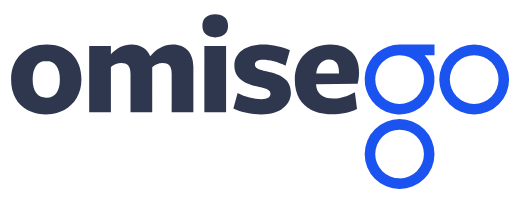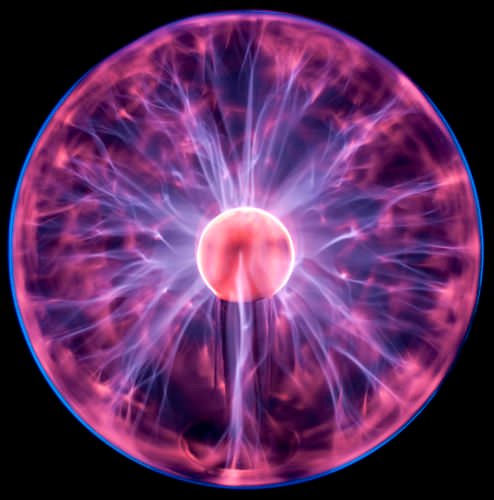The reason I use the word might is because the OmiseGO code is not public, and no one is sure if any development on Plasma is currently in the works. My thinking is that Joseph Poon is working on a simple version of Plasma for OMG. This post will be discussing what such a design might look like. I'll begin with a quick recap on what OMG is since I've already discussed that. Then go into the details about Plasma and how OMG and Plasma fit together.

If you really want to know what any cryptocurrency is about you have to dive into the whitepaper. In the abstract of the OmiseGO whitepaper lies a very good summary what OMG is all about.
OmiseGO is building a decentralized exchange, liquidity provider mechanism, clearinghouse messaging network, and asset-backed blockchain gateway. OmiseGO is not owned by any single one party. Instead, it is an open distributed network of validators which enforce behavior of all participants. It uses the mechanism of a protocol token to create a proof-of-stake blockchain to enable enforcement of market activity amongst participants. This high-performant distributed network enforces exchange across asset classes, from fiat-backed issuers to fully decentralized blockchain tokens (ERC-20 style and native cryptocurrencies).
Basically OmiseGO is a public blockchain that uses a proof of stake consensus algorithm. This blockchain is specifically targeted to be used as a decentralized exchange. What the above statement says is that any type of currency can be used on the OMG exchange as along as it plugs in. There are other decentralized exchange blockchains like Cosmos or Raidex, which allow interoperability between tokens. However, OmiseGO separates itself by its other component. Which is the payment platform.
Omise the parent company is an online payment company based in Thailand. They had the proper foresight to see that cryptocurrency is going to revolutionize online payments. By building OmiseGO they will be the frontrunners if not the dominant force. They facilitate the payment platform with their WalletSDK's which allow the interoperability of different payment methods. This creates a symbiotic platform between the blockchain and the payment platform. The blockchain enables the payment platform to not be siloed, you can use any form of payment as long as it plugs into the OMG blockchain. While the payment platform provides liquidity for the OMG token. The payment platform is what sets the decentralized exchange apart from other dex's and the blockchain separates the payment platform from things like Venmo or Visa.
Now lets move on to Plasma.
If you have been following cryptocurrency right now you should know that scalability is the number one concern for all blockchains. There are a couple of scaling solutions that are being worked on to varying degrees for the Ethereum ecosystem. The most developed would be the Raiden Network. Which is basically Lightning Network for Ethereum. It provides state channels to do verified payments off-chain and at low cost. Another solution is TrueBit which will enable verified off-chain computations and essentially allow for decentralized cloud. And last but not least is Plasma. Plasma works by combining the ideas of MapReduce, which powers Big Data solutions like Hadoop, and Merkle Trees. If you aren't familiar with Merkle Trees, I will take the time to say you should know what they are, because they are the glue that holds all blockchains together.
Plasma works in two parts. The first is that it converts all blockchain operations in terms of MapReduce. Essentially, just functional programming. And the second part is that it verifies these computations or transactions are correct using a Proof of Stake consensus algorithm. This enables the possibility of child blockchains to the root Ethereum blockchain. Blockchains in blockchains! The way these child blockchain's work is that everyone who has stake in a certain set of transactions will watch these transactions to ensure of no fraudulent behavior. They will then sign off on these transactions to create a new block. This block is then merklized and the resulting hash is placed on the Ethereum blockchain. The benefit of this architecture is that rather than everyone doing verification of everything else which is how Ethereum and Bitcoin work, only the people interested in the transactions will be doing the verification. If there is fraudulent behavior then that person is punished by taking away their stake. Thus creating a disincentive for fraudulent behavior. The reason OMG will use this is because they are targeting the entire world's set of finances. The Plasma protocol creates an architecture to scale up to that size. Because potentially billions of transactions could be occurring in these child blockchains.
Besides scalability how else are OMG and Plasma related? Well, the key part is how fraudulent behavior is proven, or fraud proofs. Plasma is only as safe as its fraud proofs, and there could be different implementations depending on the application. Since OmiseGO is an exchange it can prove fraud in the transaction orders (think double spending and related financial crime). When discussing applications of Plasma the authors Joseph Poon and Vitalik Bituren outline how a decentralized exchange will use Plasma.
The first step is to have balances in a child chain, so this is like a payments Plasma chain as a base. Next, orders are issued directly into the child chain. As part of the commitment to the parent, all orders are coalesced into a merkleized commitment of a single order book represented as a single order by the chain itself. This step recursively reduces all children’s order books into a single orderbook represented by that chain, until it reaches the highest Plasma chain parent. After orders are received, the order window closes and the trades execute in a batch fashion. After this reduce step completes and is committed into the root blockchain, the individual chains are notified of their allocation, via a map step. The parent tells the child what allocation of their orders filled in a deterministic manner. Provided the child was able to see the other orders (which implies it is able to observe the parent chain during this step), they will be able to prove correct execution of allocation in this map step. After receiving the allocation, the map step continues recursively to that chain’s children. When this completes, a final reduce step is made by committing all fund updates into a block and submitting the block header to one’s parent.
So from what I can conclude from this is that OmiseGO blockchain is literally an implementation of the Plasma protocol with a orderbook based fraud proof mechanism. The fact that both use a Proof of Stake consensus algorithm and Joseph Poon is an advisor for OmiseGO is only more proof of this. OmiseGO will supposedly be released in this quarter of this year. I am very excited for it to be released. As it will not only revolutionize payments but it will also probably be the first application of the Plasma protocol. Hopefully, you found this as interesting as I did. Please hit that upvote button and subscribe to get more writeups on different technologies.

Thank you for a well written and detailed article. Compared to several videos that I have watched on OmiseGo, this is the most clear description of the strategic advantages of OMG that I have read or listened to. The decentralized exchange with Plasma is the prime mover here, and I agree that it will be exciting to see it released and to see what it can really do.
Downvoting a post can decrease pending rewards and make it less visible. Common reasons:
Submit
Great info. OmiseGo is one of my favorite coins. Upvoted:Following.
Downvoting a post can decrease pending rewards and make it less visible. Common reasons:
Submit